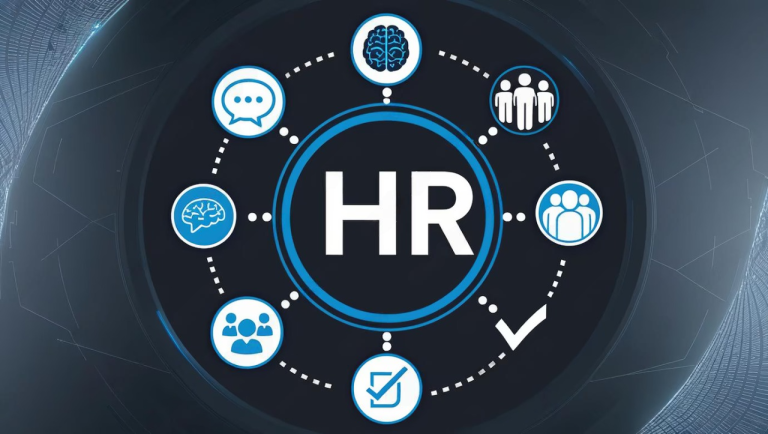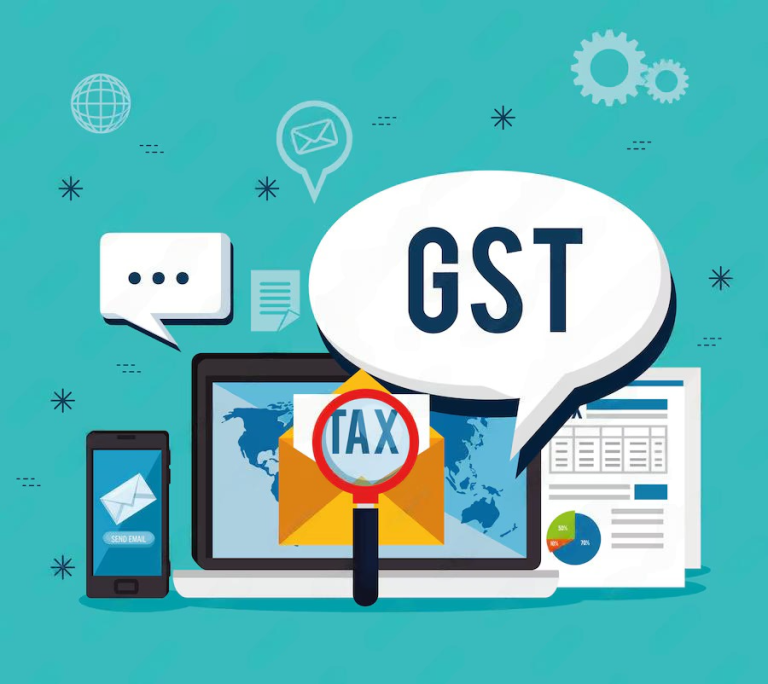5 Essential Techniques for Measuring Employee Experience: A Comprehensive Guide

1. Leveraging HR Technology for Measuring Employee Experience
-
Application Tracking:
HRMS and HRIS systems simplify the application and recruitment process by storing candidate information, managing job postings, and tracking applicant progress. This leads to more efficient hiring procedures.
-
Payroll Management:
Automating payroll calculations, tax deductions, and direct deposits reduces errors and ensures timely and accurate compensation for employees.
-
Benefits Management:
These systems allow employees to easily enroll in and manage their benefits, from health insurance to retirement plans. This leads to increased employee satisfaction and compliance.
-
Attendance Tracking:
HRMS and HRIS solutions facilitate tracking employee attendance and leave requests. This data aids in payroll processing and ensures fair and accurate attendance management.
-
Performance Management:
They provide a platform for setting and tracking performance goals, conducting reviews, and offering feedback. This promotes employee development and accountability.
-
Employee Communication:
Centralized communication tools enable HR departments to disseminate important information, updates, and policies to all employees, fostering better communication and engagement.
2. Surveys
Candidate experience survey
- Was the job description for your role easy to understand?
- Whether the employee is satisfied with the overall recruitment process?
Onboarding experience survey
- Did your manager clearly explain your role and responsibilities?
- Do you have all the resources to be efficient in this role?
Employee engagement survey
Pulse survey
Exit survey

3. Interview

Stay Interviews
Exit interviews
Skip-level Meetings
4. Focus Groups
5. Employee productivity
Conclusion
Related Articles:




